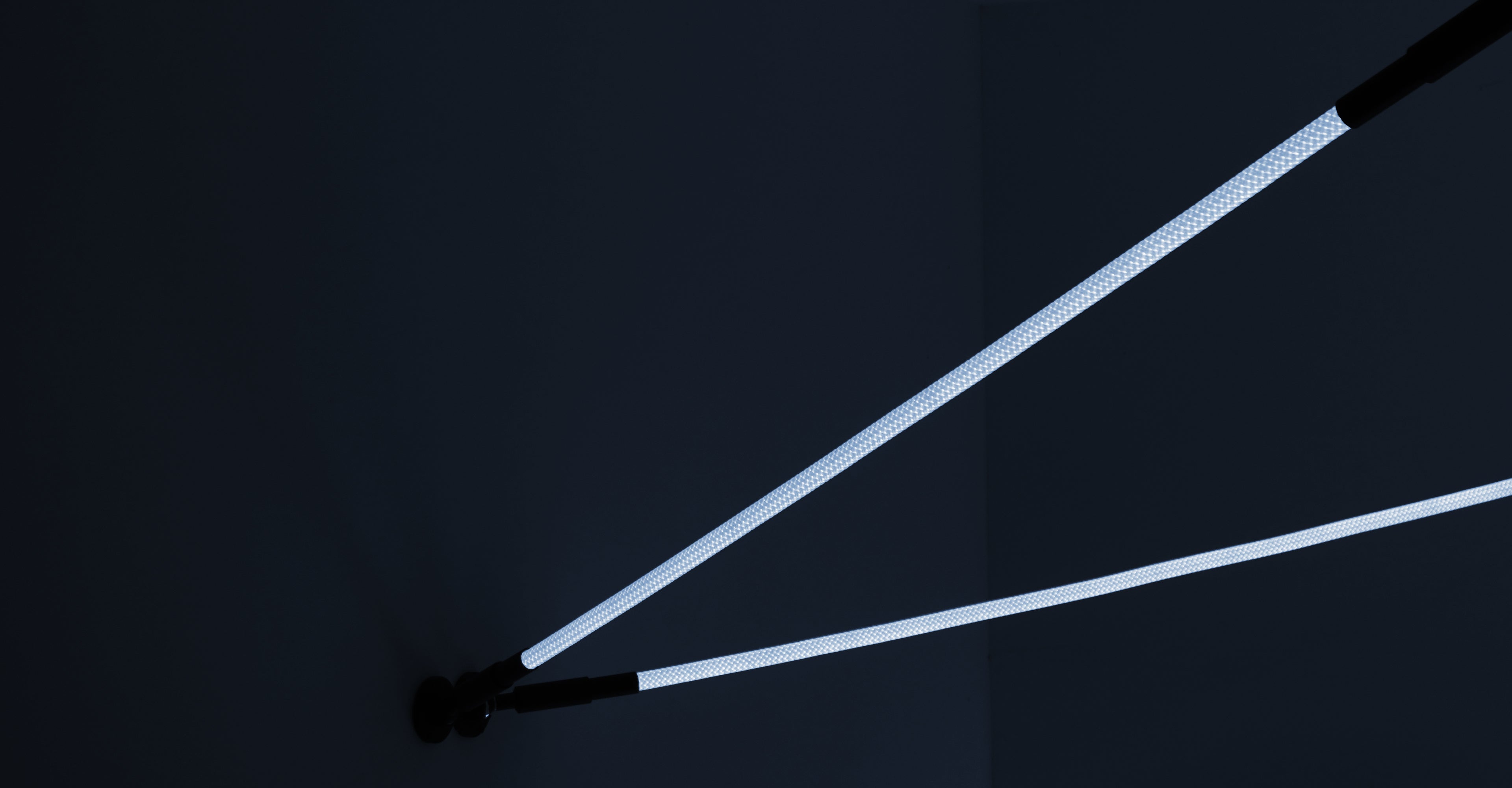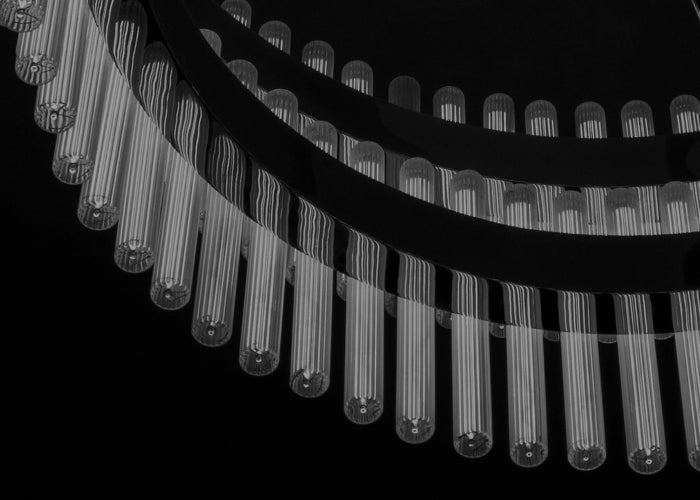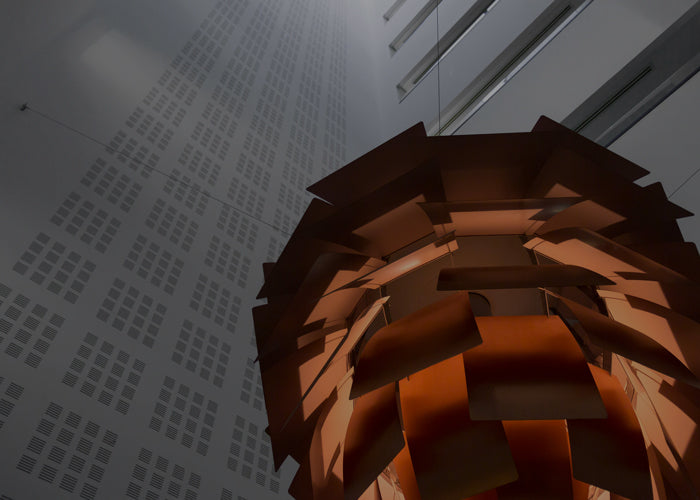The Best Types of Lighting for the Kitchen
Lighting a kitchen can be a daunting task. This multifunctional room requires lighting that meets the diverse needs of the kitchen while still looking clear and stylish. Since every home and family is different, there is no one-size-fits-all solution for the best kitchen lighting. The size and shape of the kitchen, as well as its primary uses, will determine the best lighting layout for your unique situation.
To effectively illuminate your kitchen, you need to choose multiple lights, each serving a different purpose. When considering how best to light your kitchen, think in terms of three layers of lighting:
1. Ambient lighting brings a diffuse brightness to the entire room.
2. Task lighting eliminates shadows in your cooking and dining areas.
3. Accent lighting puts the spotlight on any element of your kitchen you wish to highlight, such as wall art or unique architectural features.
Start by choosing ambient lighting for your kitchen, then add task lighting in areas where visibility is lower; use accent lighting to complete your look and tie everything together.

Types of Kitchen Lights
Kitchen lighting encompasses a wide range of fixture designs and styles, each designed to address one or more layers of lighting. Here are the main fixture types to consider:
Kitchen ceiling lights (ambient) are ideal for ambient lighting, especially in limited space scenarios. Recessed lights, as the name suggests, are installed flush with the ceiling and cast light throughout the room. Semi-flush kitchen lights offer the same lighting capabilities but can achieve the look of a chandelier in rooms with lower ceilings depending on the style and design.
Kitchen pendants (decorative/task/ambient) typically hang over dining tables or kitchen islands. These fixtures serve multiple purposes, depending on the design. They can act as task lighting for islands and dining tables but can also provide some ambient lighting to the room and often add decorative elements.
Kitchen island lights (task) are most useful as task lighting. These fixtures often feature rods or cords with shades that direct light down to the work areas (though bare bulb pendants or clear glass shades are very stylish options, especially for industrial or country farmhouse decor).
Kitchen wall sconces (task/decorative) are also useful where ceiling-mounted fixtures are not ideal. Kitchen wall sconces can serve as task lighting (sconces installed over sinks or counters help illuminate work areas) or as decorative lighting (e.g., accent lighting in glass display cabinets). Kitchen wall lighting will complement existing ambient lighting and, when used with dimmers, are particularly useful for creating a comfortable kitchen space.
Kitchen ceiling fans with lights (ambient) are great for kitchens that need a bit of extra airflow. These fixtures provide ambient lighting and help cool or ventilate the kitchen during cooking.

Best Kitchen Accent Lights
When choosing fixtures for your kitchen, lights with bright white light are best suited for creating a functional workspace. Bulbs in the "cool white" range of around 4000K-5000K can illuminate kitchen tasks and ensure you have sufficient light for slicing, steaming, and frying. Install dimmers so you can easily transition from cooking to dining and then relaxing with family and friends after meals. Opt for durable (and dimmable!) LED bulbs that project brighter light at a lower wattage.

How to Hang a Chandelier Over a Kitchen Island
Choosing the right pendant lights for your kitchen island is crucial for the functionality of your workspace. For more advice on selecting these essential work lights, refer to our kitchen island pendant lighting ideas. Once you've chosen the perfect pendants for your kitchen island, they must be installed correctly to achieve the best lighting experience. Lights hung too high may appear dim, while those hung too low can pose safety hazards or obstruct your view. Aim for 30-36 inches of space between the bottom of the pendant and the countertop. The light from each pendant should overlap on the countertop to eliminate any spotlight effects that might leave dark shadows on the workspace. The arrangement should also not obstruct the view across the countertop, especially if there is bar-style seating around the island. In most cases, pendants look best centered over the island without dangling over the edges of the countertop. Aim for about 30-36 inches between each pendant. While a closer distance between some pendants might look best, be careful not to hang them too far apart, as this may create dark spaces on the countertop if the light does not overlap.

Types of Island Lighting
The best island lighting enhances your workspace with flair! The right fixtures for your space depend on your needs and unique decor sense! Check out our list of some favorite types of island chandeliers to help determine which styles and designs are right for you.
Mini Pendants — These fixtures are ideal for kitchen islands, as their slim profile creates a chic, streamlined look without compromising on brightness. Mini pendants are a great design choice for understated decor or airy open spaces.
Large Chandeliers — For making a more dramatic statement, large chandeliers are the perfect choice. These fixtures feature oversized designs that create an eye-catching, avant-garde aesthetic.
Glass Pendants — Versatile and stylish, glass pendants come in a variety of shapes, colors, and designs. Small kitchens or open spaces particularly benefit from glass pendants with clear tones, which help distribute light without blocking sightlines. White or opal glass shades can soften the space, while art glass shades can bring a unique, quirky vibe to your room. Whatever your needs, glass lights can add a layer of elegance and sophistication to your kitchen workspace. For unique glass pendants, explore our collection of art glass pendants.
Black Pendants — If you want to add a touch of drama to your room without overwhelming the space, black pendants are a fail-safe choice. These pendants’ rich, deep finishes match many decor themes, so you can update your room without needing to replace fixtures. Black pendants are chic, stylish, and timeless, ensuring a standout look in any setting.
Farmhouse and Rustic Island Lighting — If weathered wood, antique finishes, and seeded glass speak to you, consider farmhouse kitchen lighting and rustic island lighting. These styles of fixtures are perfect for adding a touch of rustic charm to your home and bringing a soft, simple comfort.
Modern Kitchen Lighting — Shiny chrome and streamlined shapes typify modern kitchen lighting. These fixtures use clean lines and minimalist designs to create a sleek, refined aesthetic.
Hanging Lanterns — For a bold statement, lantern fixtures are a great alternative to traditional single-light pendants. These fixtures often have more than one light and a body surrounding the bulbs. Some lanterns are great choices for kitchen islands, but check the bulb configuration and consider how the light will cast on various surfaces in the kitchen; lanterns are more likely to provide ambient upward lighting rather than task-oriented downlighting.
Island Chandeliers — Island chandeliers bring eye-catching drama to a space and often serve multiple purposes. Depending on the fixture configuration, branched chandeliers can serve as task lighting (if the light casts down onto the countertop), ambient lighting (if the light casts upwards to the ceiling or around the room), and decorative lighting (as the fixture itself often adds style to the room). The right branched chandelier can transform your space with just one fixture.

Choosing Recessed Ceiling Lights for the Kitchen
Ambient lighting is the layer of lighting that fills a room and supplements task lighting in areas where directional lighting is not suitable. Recessed ceiling lights and flush-mount lighting are most commonly used to add ambient lighting to your space. These fixtures flood your room with light (and any natural light you can utilize), ensuring that the room is safe, comfortable, and functional even without the use of task lighting. Because they are hung flush with the ceiling, recessed kitchen ceiling lights are particularly suitable for kitchens with limited space, where pendant lights or wall sconces might pose safety hazards or add clutter.
While recessed ceiling lights are primarily used for functionality, the right ceiling light can also serve as a decorative element to enhance your chosen home decor. For example, if you have a modern farmhouse kitchen, rustic recessed ceiling lights will add a fresh design element to your room; if you have a modern kitchen design, choose mid-century recessed fixtures to match. You can find a recessed fixture for every decor theme, so limited space does not mean limited style.
Recessed ceiling lights are also the perfect choice for pantry lighting, where fixtures need to fit into tight spaces.












